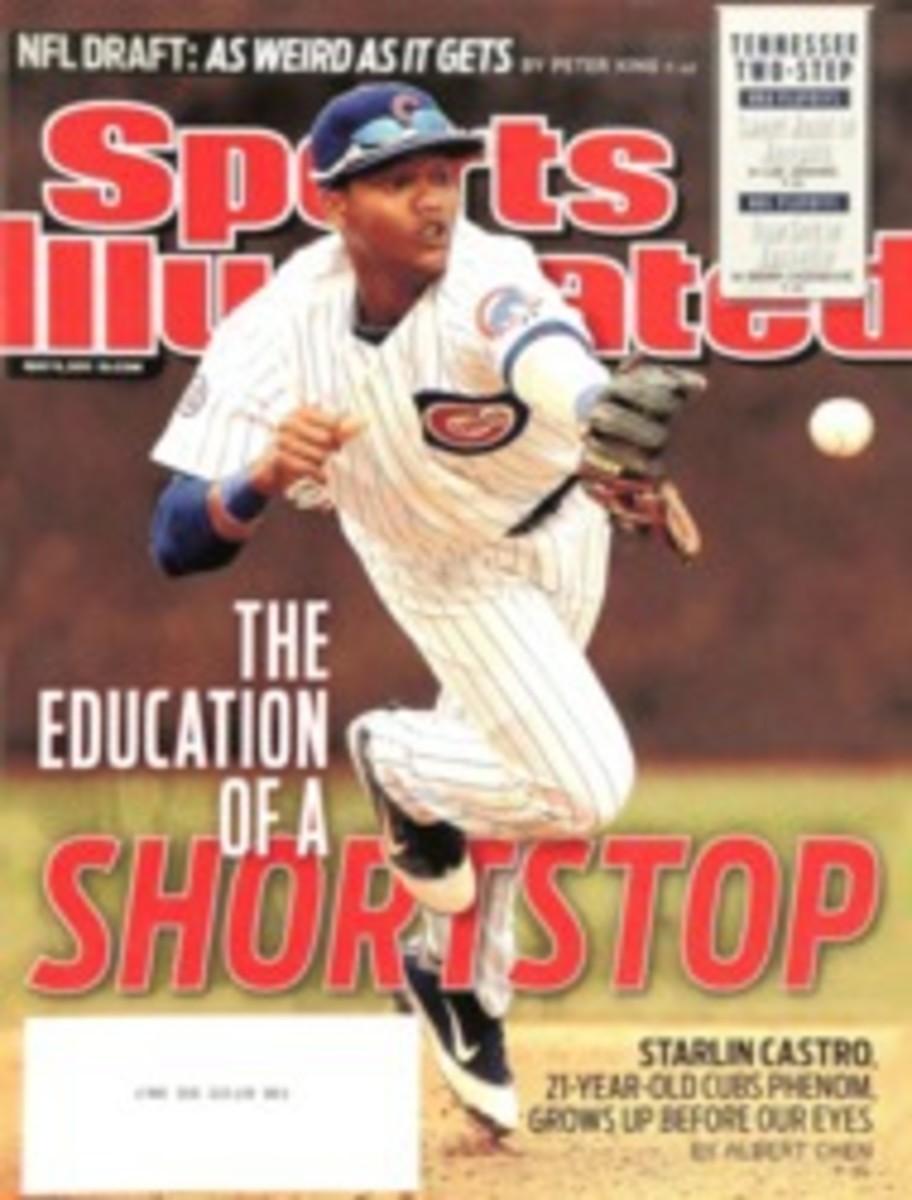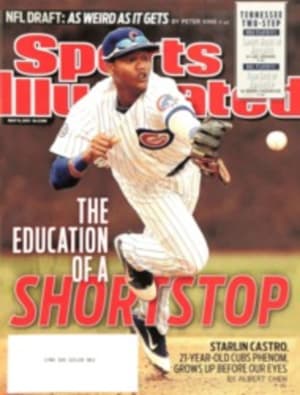
Quack Medicine
The best measure of the excitement surrounding Oregon football wasn't the attendance of 43,468, a record for the conference now known as the Pac-12, at last Saturday's spring game. It was the line of cars stretching a half mile beyond Autzen Stadium—midway through the second quarter. "Unbelievable," coach Chip Kelly said. "It's a credit to our fans."
By the time many of them made it out of those cars and into the stadium, they'd missed the only touchdown, a 67-yard burst from junior running back LaMichael James, the returning Heisman Trophy finalist. They didn't seem to mind. The Ducks' 22--19 loss to Auburn in the BCS championship game in January was the only blemish on the best season in school history; many anticipate a similar run this fall.
Oregon is popping up near the top of the earliest preseason rankings. But are expectations for the Ducks too high? Although James and junior quarterback Darron Thomas lead a talented nucleus, the team has serious questions to answer before opening against LSU in Texas.
Defensively, Oregon must replace five playmakers on the front seven. At receiver, the Ducks lose two seniors from last year. But the most pressing concern is the offensive line, the unit that provided the push for Kelly's high-powered offense, which must replace three players with 94 combined starts. "It's not unreasonable to have some doubts," says right tackle Mark Asper. "We have some untested parts."
That was obvious during the spring game. Former Florida coach Urban Meyer, the analyst on ESPN2's broadcast, said the offensive line was "getting manhandled." And his answer to a hypothetical question—which is easier, to rebuild the offensive line or break in a quarterback?—couldn't have been reassuring to Oregon fans. "I'd rather replace that quarterback," he said. "To replace three offensive linemen, that's almost impossible to do."
Two years ago, after losing in the BCS title game, Oklahoma brought back most of its stars, including Heisman winner Sam Bradford. Despite the departure of four O-linemen, the Sooners opened the year ranked No. 3. But after Bradford was knocked down and injured in a season-opening loss, Oklahoma finished the year 8--5 and unranked.
The Ducks, though, have their own example from 2009. Oregon's 19--8 season-opening loss to Boise State was blamed on the offensive line's lack of punch. But after that, the unit improved rapidly and helped propel the Ducks to the Rose Bowl—which in turn served as the catalyst for the run to the BCS championship game last season. But expectations are even higher now.
Kelly says he doesn't care about "outside influences." But, he concedes, "you've got to have a line to be successful. I think everybody understands that."
Now on SI.com
For complete coverage during the college football off-season, go to SI.com/cfb
PHOTO
Photograph by PETER READ MILLER
LINE IN QUESTION Thomas (in red) is hoping to avoid the same fate behind a rebuilt O-line as Bradford's in 2009.

